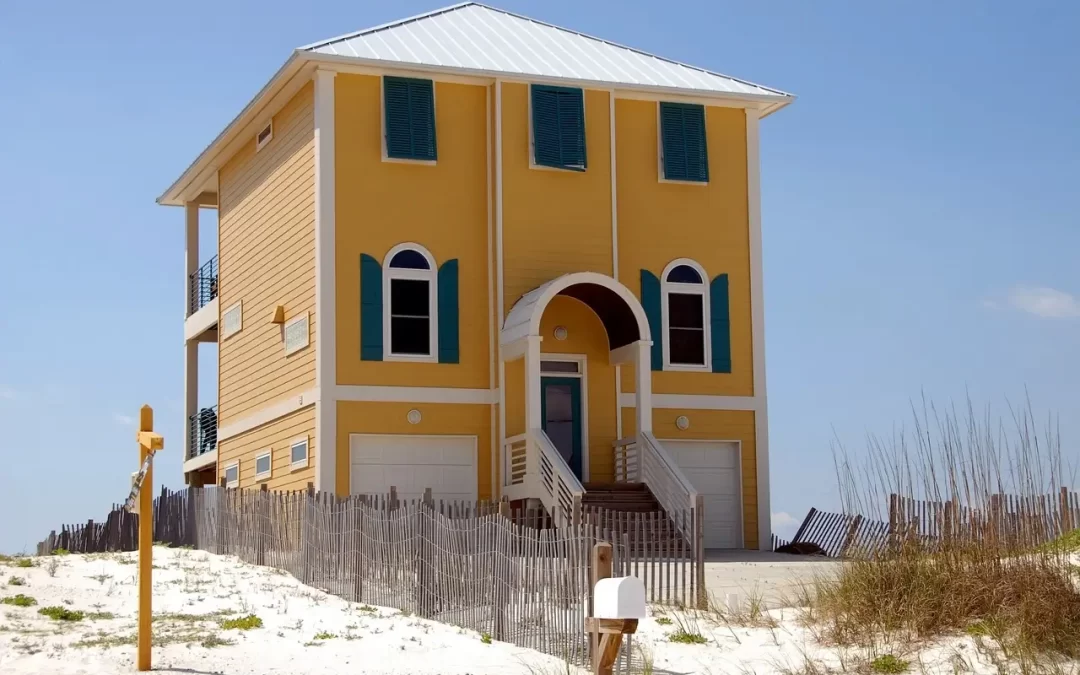Living in a coastal home has its charms, but it can also pose challenges, especially when it comes to landscaping. Oceanfront living often includes harsh weather conditions, high salt levels, and the occasional storm surge. However, with the proper landscaping techniques, you can transform your seaside property. Here are a few tips for landscaping for a coastal home. You’ll help your property look great with minimal effort throughout the year.
Landscaping for a Coastal Home
1. Incorporate Native Plants
When landscaping around a coastal home, use native plants accustomed to the local climate. Native varieties thrive on the salt air, sandy soil, sea spray, and strong winds near the coast. These plants, such as beach grass, yucca, and cactus, are drought-tolerant, low-maintenance, and require less care, making them perfect for coastal gardens. They blend seamlessly with the surrounding environment, giving your landscape a natural look.
2. Use Hardscaping Elements
Hardscaping features are an essential component of coastal landscaping. They protect against erosion, reduce maintenance, and add curb appeal. Hardscaping elements include paths, patios, terraces, retaining walls, boulders, and steps. These features enhance the functionality and beauty of your outdoor living space. Choose materials that complement your home’s architecture and the surrounding environment.
3. Avoid Non-Native Turf Grass When Landscaping for a Coastal Home
Turf grass is a popular choice for landscaping, but there are better options. Instead, plant beachgrass or seashore paspalum. These grasses help prevent erosion and are better suited to the seaside environment than traditional turf grass. They also provide a natural look that blends with the local landscape. Plus, they need less maintenance, saving you time and money.
4. Install a Rain Garden
Rain gardens are a popular landscaping trend that boosts aesthetics and function. A rain garden is a low-lying, shallow basin that collects water runoff from roofs, driveways, and other hard surfaces. The water then seeps slowly into the ground, adding to the local water table. Native plants in the rain garden help filter pollutants and reduce soil erosion while providing habitat for local wildlife. A rain garden is a sustainable and beautiful way to manage runoff and beautify your coastal yard.
If you’re lucky enough to live by the coast, incorporate these landscaping tips to elevate your home’s exterior surroundings. Landscaping plays a role in coastal living by protecting buildings against weather, severe storms, and erosion. With the right landscaping techniques, you can create a beautiful coastal yard highlighting your home’s breathtaking location.
Pro Spect Home Inspections provides inspections to homebuyers and sellers in Citrus, Hernando, Pasco, Hillsborough, and Pinellas counties. Contact us to schedule our services.

